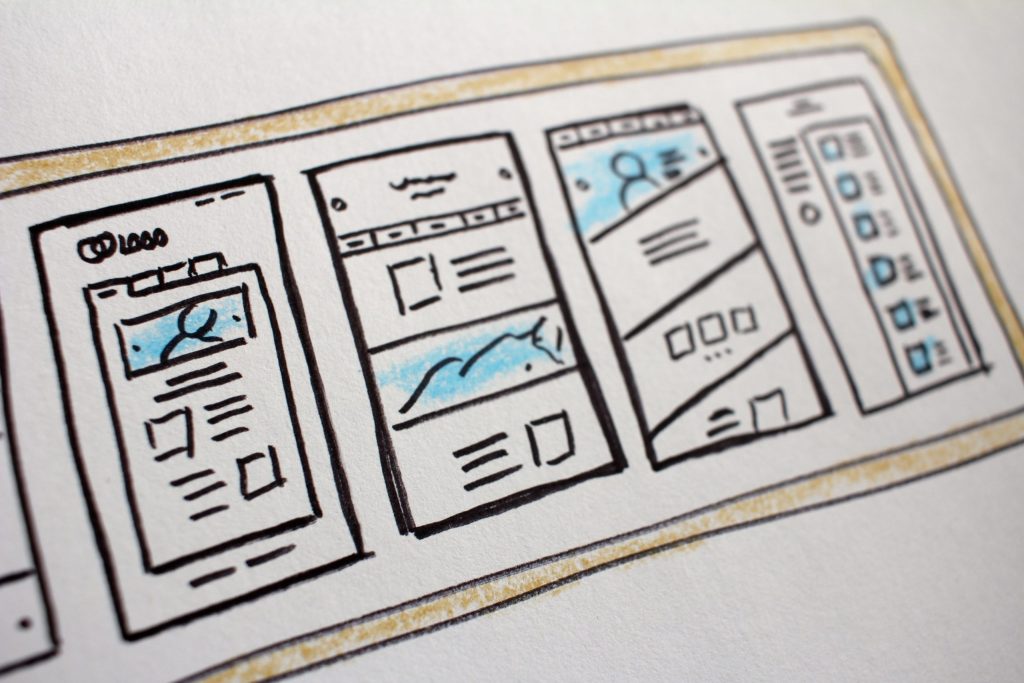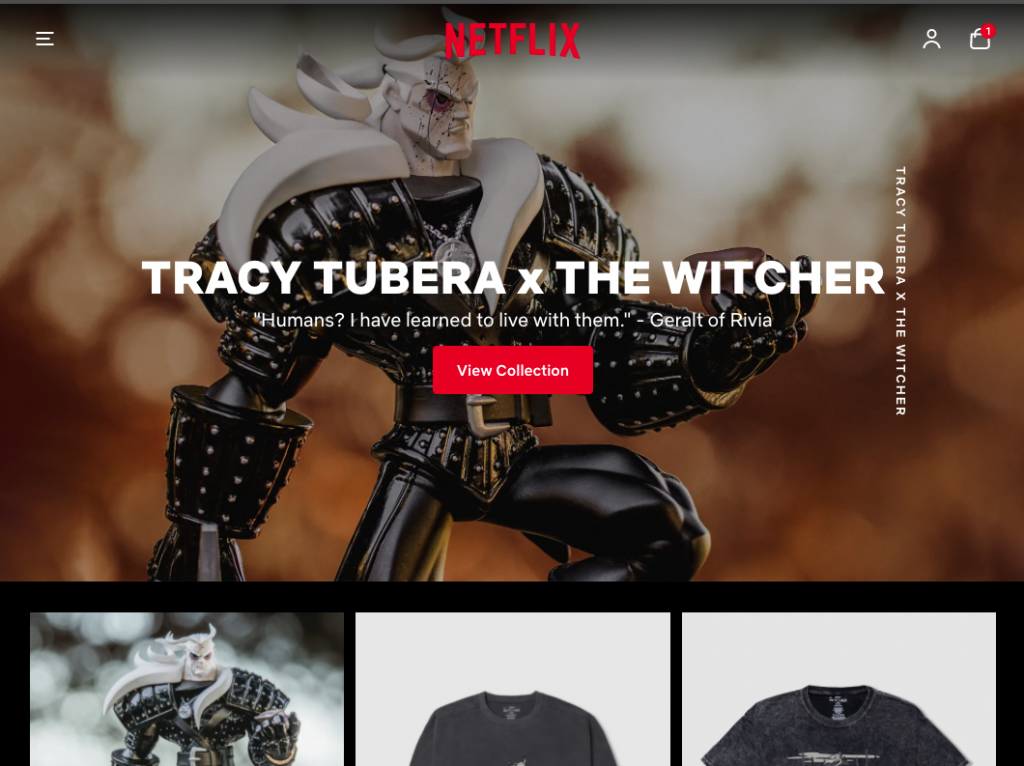
Welcome to the headless e-commerce revolution
Everybody is buzzing about headless e-commerce. The pandemic has affected the high street to such an extent that there has been a stampede of businesses rushing to flesh out their e-commerce presence. Competition is high and the big players are already adopting this emerging technology.
So, what exactly is it? Firstly, it’s one of the most talked about trends in emerging technology. You may have heard the phrase before but not sure exactly what it means, so we’re here to unscramble it and explain how it can benefit your customers and help accelerate your business.
As a full-service e-commerce consultancy agency, our primary goal is to build robust e-commerce solutions for our clients. Elevating performance metrics, improving the customer experience, and as a result, boosting engagement and sales is what we do best.
Headless e-commerce takes performance to the next level and unshackles our website designers and developers giving them the flexibility to produce lean, centralized code, turbo-boost website load speeds, and enhance performance across all devices.
So, what does it all actually mean and how can our team help you get on board with this exciting new technology?




WHAT ARE THE REAL BENEFITS OF HEADLESS E-COMMERCE?
Future-proofing
There’s no getting away from it, the online world is progressing at a relentless pace. Young pretenders move onto the field and begin to render older platforms obsolete.
That is not to say that your old, heavily customized legacy system will stop working. But very soon it will be in competition with faster, leaner, and more agile projects powered by e-commerce headless cms solutions.
THREE KEY QUESTIONS FOR YOUR BUSINESS:
- Is your current e-commerce solution ready for the next decade?
- Is your store going to be something that is merely pretty to look at? Or is it going to be a veritable retail soldier doing battle for your place in what is to become an ever more competitive arena?
- Are you going to be ready for virtual e-commerce in the Metaverse?
Flexibility
Even with some fantastic pre-built platforms like Magento, Shopify, and WooCommerce, there’s always been a need for front-end customization and server-side code tweaking to optimize and adapt them for the unique needs’ of a huge variety of businesses.
In other words, in the traditional model often referred to as monolithic, you go to the e-commerce website back-end to make changes to the front-end. In a headless model, changes to the look, feel and function of your store are made directly at the front-end.
The back-end of your store becomes modular. Your catalogue, product search, payment system, and inventory can be treated as independent blocks of code each served by their own database.
When the architecture is segmented like this, developers can work on one aspect without affecting the others or the front-end. Individually, these back-end services become simpler, faster, more stable, and easier to scale.
The separation you get from going headless returns the type of granular control over both front-end design and the user journey that an agile business needs.
Streamlined developer resources = cost savings
If you already run an e-commerce project on a traditional monolithic architecture, you will have found that when trying to react to emerging trends and new consumer touch points, adjusting your platform to take full advantage of those early opportunities is not the rapid reaction process you would like it to be.
With the front-end decoupled from the back-end, developers are no longer tied to the limited choice of either working within the confines of a platform-specific CMS or at risk of writing custom code that could be affected by future platform updates.
At the front-end
Our creative content and design teams eagerly wanting to test new template designs, layouts, and user experience refinements no longer need to wait for platform developers to build code.
And with the right independent front-end system in place, you do not necessarily need a developer to make real-time adjustments to the design or the user experience. Your changes will not affect the databases running your back-end and your teams can let their own creativity run wild. No more treading water and losing sales waiting for your platform to release an update, and no rushing to contact busy developers to build you a quick fix.
At the back-end
The development team at Evolution E-commerce has diverse knowledge across the following programming languages:
- JavaScript
- CSS
- PHP
- Python
- JSON
- GraphQL
Developing a segmented headless architecture across a range of specialties allows us to partition the development workflow, pool knowledge, and increase productivity.
With headless e-commerce enabling us to adopt more efficient ways of working, the lower developer fees result in client savings.
Omnichannel compatibility
The worldwide tipping point has been reached, and the desktop computer is no longer at the top of the leader board. When it comes to potential customer touch points with your online retail store, the smartphone is the new king.
Speed, performance and SEO
There’s no getting away from it. In terms of your search ranking, it’s mainly Google that you answer to. The access statistics we mentioned earlier clearly explain why Google places increasing importance on Core Web Vitals that measure load times across all devices.
The smartphone is the newly elected rule maker. Traditional e-commerce was built to perform best on desktop and this performance suffers on a mobile device. Headless e-commerce performs consistently better on all devices, even with the weakest of internet connections.
Your visitor is much less likely to move on if your site begins to load immediately after a link tap. This is echoed by a recent study from Bytes which reported ‘56% of customers abandon websites when they take more than 3 seconds to load.’
Each of the segmented back-end services allow the browser to pull content at the same time, resulting in fewer layers of data and leaner code. This means faster site loading on smartphones and other mobile devices, regardless of whether internet access is via fibre optic, Wi-Fi, or a mobile data connection.
For businesses either with or seeking an international footprint, this can make a huge difference in countries where internet access infrastructure is less well developed. Faster performance means better user experience and higher customer retention rates.
Implementing your headless e-commerce solution
Upgrading your e-commerce functionalities is a major decision to make and definitely something that should only be done under the guidance of expert professionals. That’s why we’re here to help.
If it’s the right investment for your business, we have skilled teams and the proven experience to seamlessly integrate your existing online retail presence into a headless e-commerce environment.
Ready to become an early up-taker?
If you would like to learn more about how we can help and advise, contact the Evolution team at Audience Collective for a chat.



